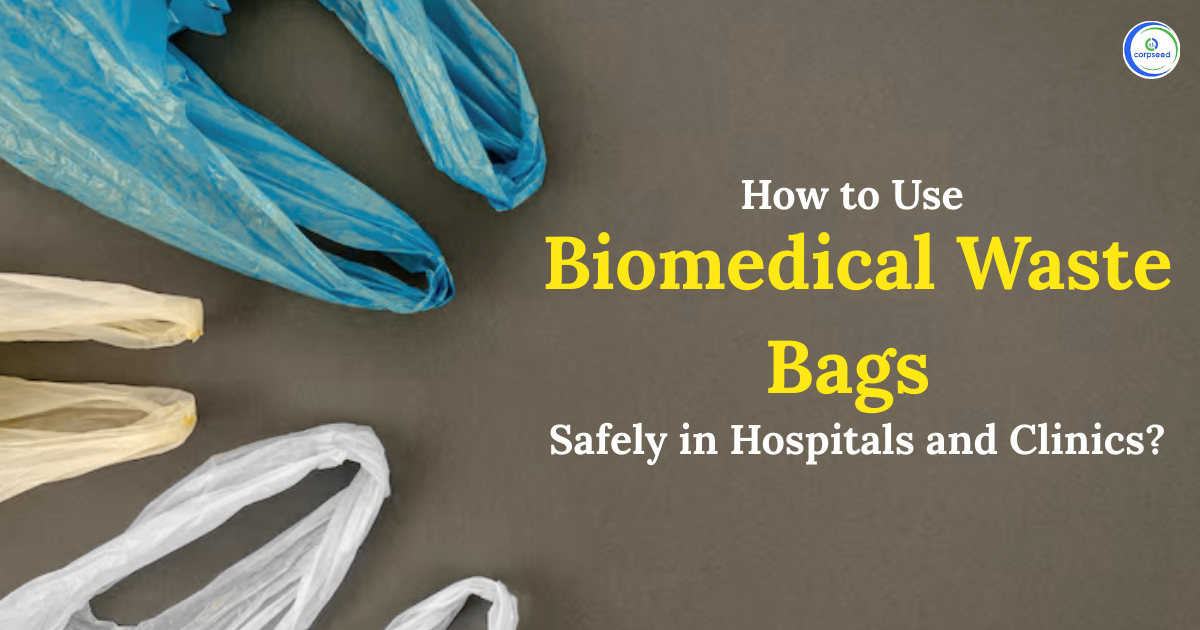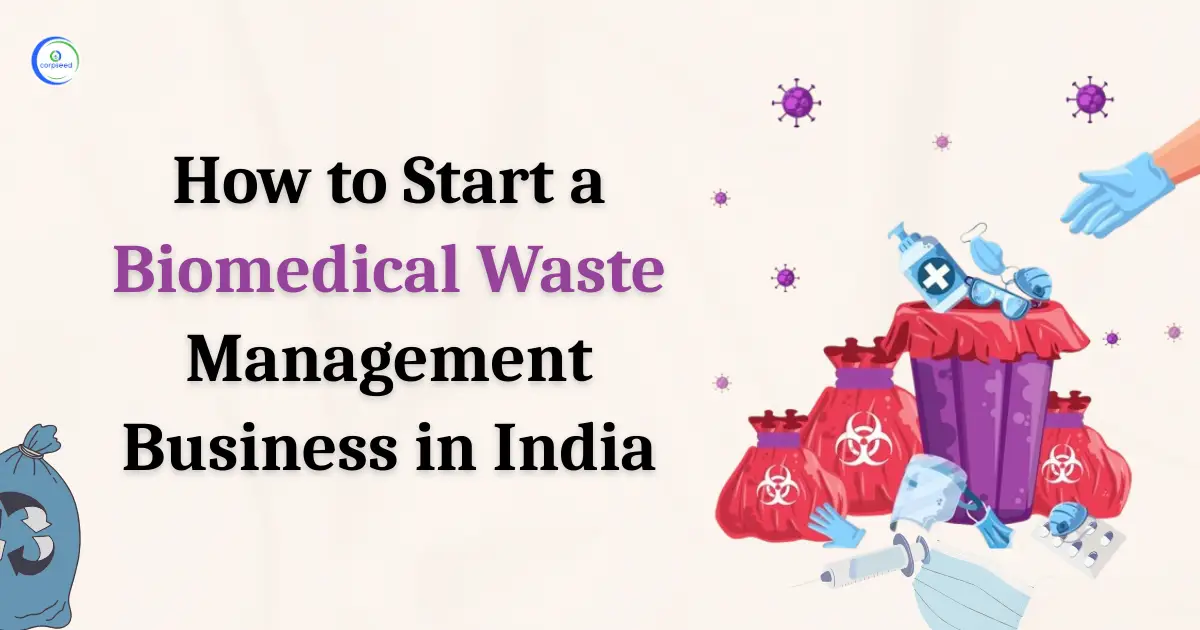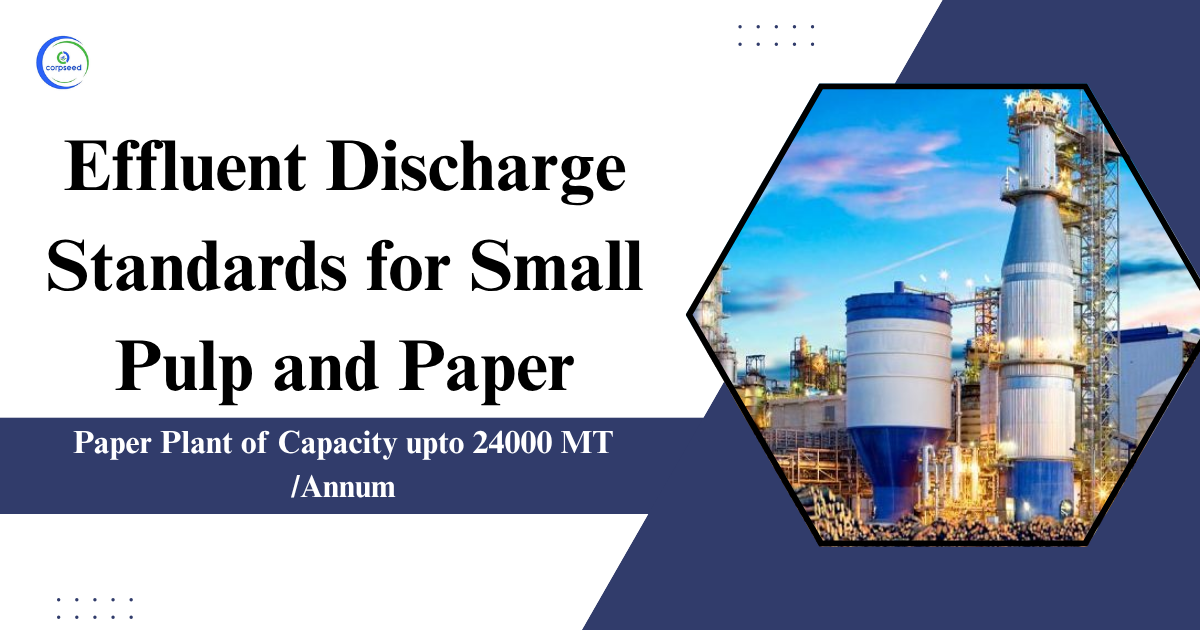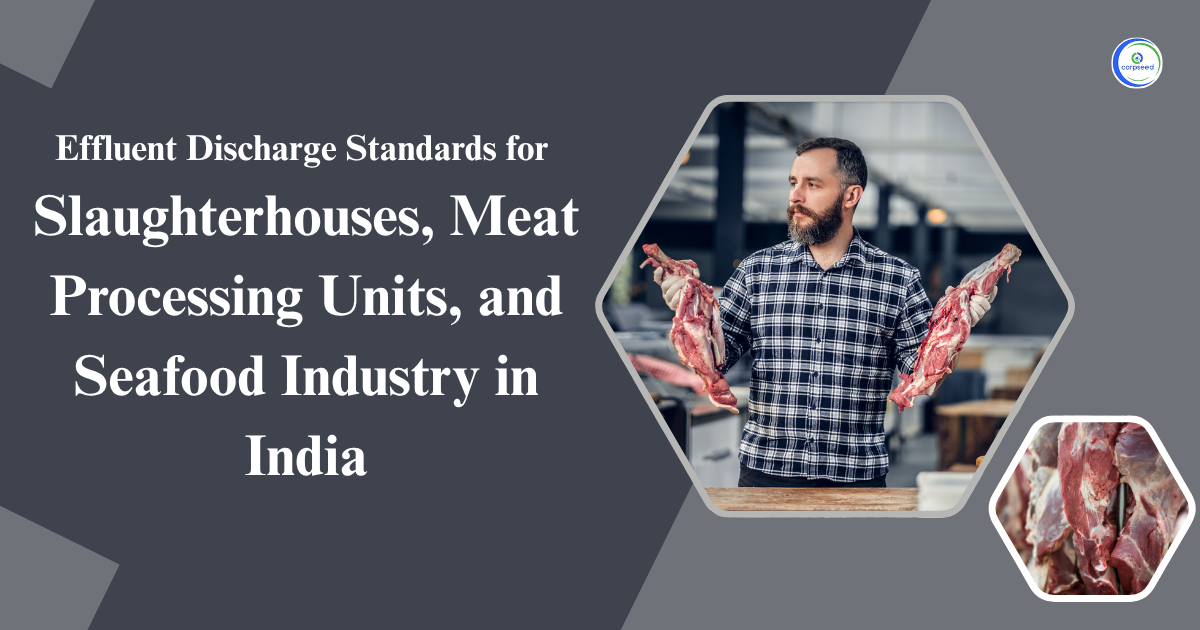Introduction: Standards for Discharge of Effluents from Textile Industry
The textile industry is a significant contributor to the Indian economy. It occupies a unique position in the Indian economy in terms of its contribution to industrial production, employment and exports. Indian textile industry is predominantly cotton-based. Cotton textiles are produced in organized mills and decentralized sector.
Table of Contents
--------------Blog Contact Form-------------
Impact on Environment
India is a first country that has mentioned the legality of the environment in its constitution. There are no specific environmental laws for the textile sector alone. However, there are industry-specific standards, which the textile industry has to comply while setting up or operating an industrial unit. The Indian environmental legislation is very stringent but poorly enforced. The regulatory authorities are the Ministry of Environment and Forests (MoEF), Central Pollution Control Board (CPCB) at the central level, and the State Pollution Control Board (CPCB) at the state levels.
For more details please visit http://cpcb.nic.in/effluent-emission/
In exercise of the powers conferred by section 6 and 25 of the Environment (Protection) Act, 1986 (29 of 1986), the Central Government hereby makes the following rules further to amend the Environment (Protection) Rules,1986 namely;-
| S. No. | Industry | Parameter | Standard(applicable for all modes of disposal) |
| 1 | All Integrated textile units,units of Cotton / Woollen /Carpets / Polyester, Unitshaving Printing / Dyeing /Bleaching process ormanufacturing andGarment units. | TREATED EFFLUENTS | Maximum concentration values in mg/l exceptfor pH, color, and SAR |
| 2 | pH | 6.5 to 8.5 | |
| 3 | Suspended solids | 100 | |
| 4 | Color,P.C.U ( Platinum cobait Units) | 150 | |
| 5 | Bio-Chemical OxygenDemand [3days at 27oC](BOD3) | 30 | |
| 6 | Oil and grease | 10 | |
| 7 | Chemical Oxygen Demand(COD) | 250 | |
| 8 | Total Chromium as (Cr) | 2.0 | |
| 9 | Sulphaide (as S) | 2.0 | |
| 10 | Phenolic Compounds(as C6H5OH) | 1.0 | |
| 11 | Total Dissolved Solids Inorganic (TDS) | 2100** | |
| 12 | Sodium Absorption Ratio(SAR) | 26** | |
| 13 | Ammonical Nitrogen (as N) | 50 |
Notes:
- *In case of direct disposal into rivers and lakes, the Central Pollution Control Board (CPCB) or State Pollution Control Boards (SPCBs)/Pollution Control Committees (PCCs) may specify more stringent standards depending upon the quality of the recipient system.
- **Standards for TDS and SAR shall not be applicable in case of marine disposal through the proper marine outfall.
- The treated effluent shall be allowed to be discharged in the ambient environment only after exhausting options for reuse in industrial process/irrigation in order to minimize freshwater usage.
- Any textile unit attached to the Common Effluent Treatment Plant (CETP) shall achieve the inlet and treated effluent quality standards as specified in serial number 55 of scheduled-I to the Environment (Protection) Rules, 1986, and shall also be jointly and severally responsible for ensuring compliance.
- The standalone Micro, Small, and Medium Enterprises (MSME) as per the MSME Development Act, 2006 shall meet the values specified above.
- The standalone large-scale units shall meet the values specified above, however, the Central Pollution Control Board (CPCB) or State Pollution Control Boards (SPCBs)/ Pollution Control Committees (PCCs) with the approval of Central Pollution Control Board (CPCB), may mandate Zero Liquid Discharge in Large-scale units in environmentally sensitive/ critical areas.
- The TDS value with respect to treated effluent shall be 2100 milligrams per liter; however, in the case where TDS in the intake water is above 1100 milligrams per liter, a maximum contribution of up to 1000 milligrams per liter shall be permitted provided the maximum value of 3100 milligrams per liter is not exceed in the treated effluent”
For more details please call or click Delhi Pollution Committee
This portion of the site is for informational purposes only. The content is not legal advice. The statements and opinions are the expression of author, not corpseed, and have not been evaluated by corpseed for accuracy, completeness, or changes in the law.
BOOK A FREE CONSULTATION
Get help from an experienced legal adviser. Schedule your consultation at a time that works for you and it's absolutely FREE.


.webp)






